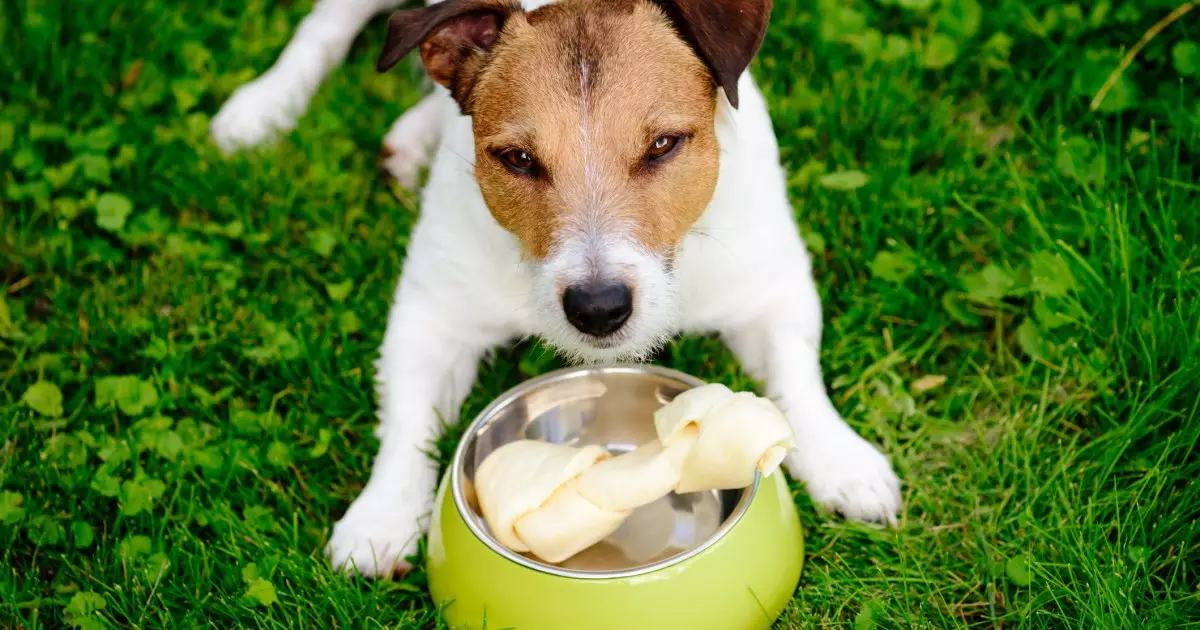Resource guarding is a behavior commonly exhibited by dogs where they defensively protect items perceived as valuable, such as food, toys, or personal space. This instinctual behavior emerges when a dog feels that their possession is threatened, leading to aggressive displays if a person or another animal encroaches upon their territory. This article explores the underlying causes of resource guarding, its manifestations, and effective strategies for mitigating this behavior through positive reinforcement rather than punitive measures.
At its core, resource guarding is an entrenched instinct rooted in the survival needs of dogs. The behavior can be linked to an evolutionary context where securing food and safeguarding territory were essential for survival. In canine psychology, items like food and toys are not merely possessions; they represent security and comfort. A dog may act aggressively—such as growling, showing teeth, or becoming defensive—when they feel that their access to these resources is jeopardized.
For instance, a Cocker Spaniel may growl when approached during mealtime, while a Labrador may snap at a sibling attempting to retrieve a favorite chew toy. This protective behavior often stems from past experiences; for example, a dog may associate previous interactions where possessions were forcibly taken with a present instinct to guard. The implication is clear: the dog learns that to prevent loss, they must assert dominance over their prized possessions.
Recognizing the signs of resource guarding is crucial for any dog owner. Common indications include growling, lip curling, prolonged staring, freezing, and, in severer cases, snapping or biting. These behaviors serve as alarms for onlookers to take caution. Ignoring these warnings can lead to dangerous situations, especially in a household with children or other pets. By understanding these warning signals, owners can proactively manage and alter these guarding tendencies before they escalate into severe aggression.
When addressing resource guarding, employing positive reinforcement techniques is far more effective than using punitive measures, which can exacerbate the issue. Traditional approaches like scolding or withholding food can reinforce anxiety and territorial behaviors, making the problem worse. Instead, desensitization through positive experiences can foster a healthier relationship between your dog and their resources.
The goal is to create a safe environment where the dog feels secure enough to share their possessions without fear of loss. This can be achieved by gradually introducing low-pressure situations where the dog learns that humans approaching won’t seize their valuables, but instead bring rewards.
A systematic approach to desensitization is essential to overcoming resource guarding behavior. Owners should start by maintaining a safe distance from the guarding resource, defined as the range where the dog does not demonstrate protective behaviors. By offering a high-value treat that surpasses the dog’s usual meal in desirability, owners can begin to reshape their pet’s reactions. This exercise should be repeated consistently during meal times, gradually reducing the distance as the dog becomes more comfortable.
Once the dog is at ease with the food bowl, the next step involves introducing toys. It is critical to start with items the dog is less emotionally attached to—this prevents escalation of guarding behavior. Pick up the toy while simultaneously offering a treat, thereby encouraging the dog to relinquish the toy without aggression. This method reinforces the notion that giving up a possession leads to a pleasant outcome.
Furthermore, approaching areas that the dog guards, like their bed, while presenting a treat can teach them that humans approaching such territories can yield positive experiences rather than threats. By varying the angle of approach and type of reward, owners can establish a pattern of trust and reassurance.
Early intervention plays a fundamental role in preventing resource guarding behaviors from developing. Engaging in training exercises with puppies, such as teaching commands like “leave it” and “off,” enables owners to establish themselves as the controllers of resources, instilling a sense of trust in the canine. Additionally, spaying or neutering pets can help tone down aggressiveness and foster a more relaxed demeanor.
Resource guarding in dogs is a behavior grounded in instinct but can be effectively managed through consistent and positive reinforcement methods. By understanding the psychological drivers behind this behavior, and employing strategic desensitization techniques, owners can cultivate a more harmonious living environment where both dogs and humans can coexist peacefully—sharing resources without fear or aggression.


Leave a Reply